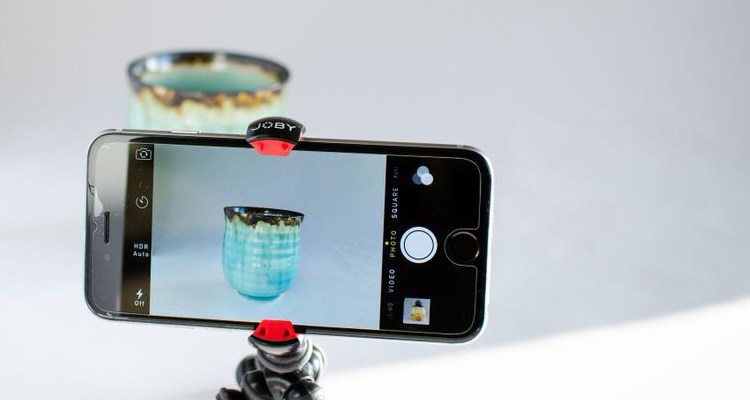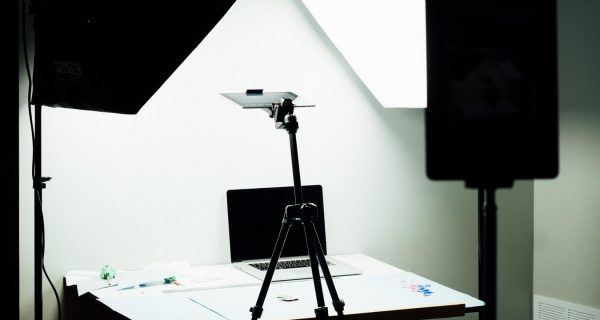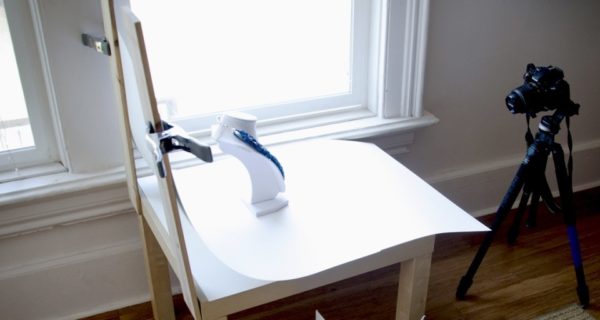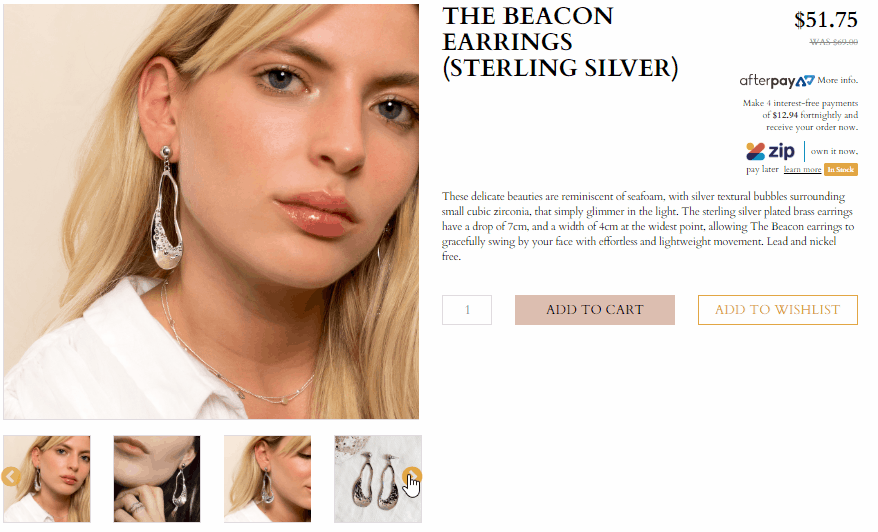
Business • Marketplaces

We all know that a picture is worth 1000 words. Could it also be worth $1,000?
If you are talking about your store’s product images, $1,000 could be pretty easy.
No matter what marketplace you’re selling on, your product photos are critical to your conversion rates. No one wants to buy from your store if you have a Craigslist-worthy, half-shadowed product photo that looks like it was taken in a garage.
Don’t take that the wrong way, either. By all means, take your product photos in the garage. Your customers never have to know. You just have to get the set up right. We’ll show you how.
There are numerous benefits to investing in high quality product images. Not only do better images make customers feel more confident about what they are buying, but they can also imply that your products are of high quality.
Professional-looking product images can also increase conversion rates and decrease return rates. When you include multiple photos of the product, shot from different angles, the customer is less likely to question what the item looks like. For example, a photo from the back or the bottom if you were to photograph the sole of a shoe, or the inside, if you were photographing a tent.
There is nothing worse than receiving that item you have been waiting a week for, only to realise that it doesn’t look like the product in the photo.
You don’t need to go blow your budget on a new camera for amazing images. Most likely, the digital camera (or phone) you take holiday pictures with is good enough.
If you have an iPhone or higher-end Android phone, you actually have a fine camera to capture the images you need. It might not get the exact same result as working with a professional photography studio, but many online sellers who use a smartphone for their photographs end up with great results.

You will want to invest in a tripod of some sort. These are an inexpensive investment that will pay off big. Eliminating camera shake will give you much better photographs and consistency of composition.
Your best results will come with a clean, plain white backdrop. Some great affordable options include a foam poster board, clean white bed sheet, light tent or photo backdrop.

If you are not a professional photographer, you are much better off using sunlight than artificial lighting. Not only is it free, but if you get your setup right, you’ll get great results with natural light that mere mortals like us could never get with a complicated lighting rig.
You’ll want to find a spot near a window. Set it up so that light is coming in from either left or right of your product and backdrop. If the light is too bright or direct, you can use a white sheet as a diffuser to soften the light on the product.
You may need a reflector to bounce light back onto the darker side of your product and eliminate unwanted shadows. Again, that can be as simple as a white poster board if you are in a pinch.

You should take a lot of shots. Make sure you get multiple photos of front, back, sides, and angles in between.
Just keep taking photos of everything customers might want to see and from any unique perspective that you think would be interesting.
You don’t have to use every image you shoot (and you shouldn’t) you’ll be thankful for having lots of options to choose from when you start editing and selecting pictures. You’ll definitely have some bad shots, and having plenty of shots will let you be choosy and you can add the extras to a photo library that you can use for social media later on or in your email marketing campaigns.

No matter how great your photos are, you’ll need to edit them. There may be bits of background which marketplaces such as Amazon will not allow for, or shadows to remove. It’s also good to have the ability to polish up your work before putting it on display.
There are a lot of options for editing depending on whether you have the time to edit them yourself or not.
If you want to edit the photos yourself, Adobe Photoshop is your best known and most expensive option. Gimp and Darktable are free, open-source alternatives to Photoshop.
If you don’t want to do any work and focus on the more important tasks of your business, Pixc provides on-demand product image editing within 24 hours.
Unfortunately most marketplaces have different product listing requirements which can make it time consuming for you. These usually focus on size and resolution, though some also have standards on content and composition.
Here’s a quick primer on what you’ll need for the biggest and most popular marketplaces.
Amazon is intensely focused on standardisation of all listings and customer satisfaction.
Image requirements are no different and are the most stringent of any ecommerce platform. These are taken directly from Amazon’s product image requirements, which can be found here.
eBay is one of the oldest online marketplaces, and has considerably looser restrictions than Amazon. You can have up to 12 images, with a minimum of one. Unlike Amazon, there is little restriction on the content or composition of images.
Google shopping allows users to search for products on online shopping websites and compare prices between different vendors. There is more on the Neto blog about Google Shopping and how you can use it to sell more.
There are so many marketplaces for you to sell on however no matter where you sell your product photos are one of the most important factors. Customers can’t pick things up to see and feel for themselves, and pictures are the best way we have to fight that drawback of online shopping.
Focusing on high-quality images is a solid investment in the future of your business, and it’s one you should make today. If you want to take your current product photos to the next level, check out Pixc’s free trial and get your first image for free.